‘Children of the Church Steps’ is a Portuguese show that delves into the lives of four young Brazillian kids in the lead-up to a tragic massacre. Created by Luis Lomenha, the show revolves around Douglas, Sete, Jesus, and Pipoca—four homeless kids who strive for survival in the harsh streets of Rio de Janeiro. Each kid harbors their own dream and escapist fantasy, yet their reality perpetually looms over them. However, unbeknownst to them, great devastation is brewing in their futures as one fateful night devolves into jarring violence and doom. Although the show presents a path to this horrifying tragedy, the narrative itself focuses more on the hopeful lives of the central characters. As such, it puts forward an authentic portrayal of the disheartening reality found in the streets of Brazil.
Children of the Church Steps is Based on the Candelária Massacre
‘Children of the Church Steps,’ also known as ‘Os Quatro da Candelária,’ presents a harrowing story inspired by a real-life massacre that took place in Rio de Janeiro, Brazil, on the night of July 23, 1993. That day—like many others—some of the city’s homeless population gathered near the Candelária Church to sleep for the night. However, terror reigned as cars pulled outside the Church and armed men opened fire. Most of the people who fell victim to this shooting were teenagers and young kids seeking shelter for the night. On that day, eight people died — including six minors — with several others left injured or otherwise traumatized.
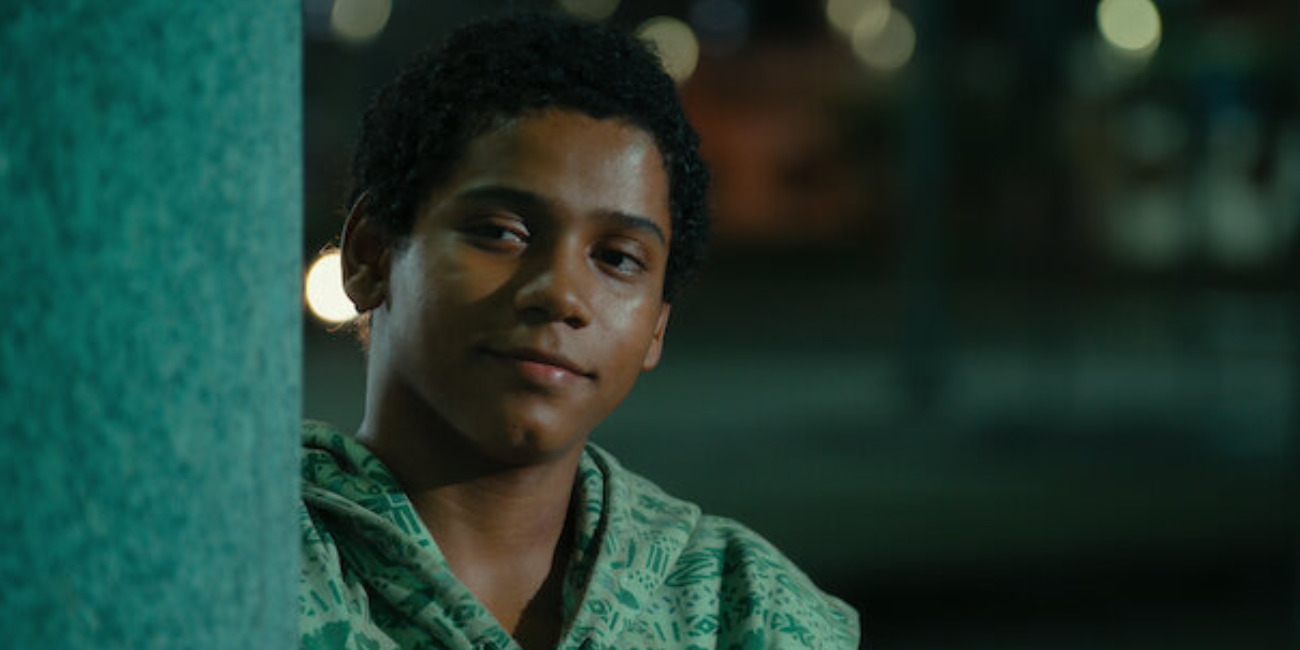
Of these people — estimated to be more than 50 in number — one individual, Wagner dos Santos, emerged as a vital witness in the ensuing criminal case. Eventually, after a second assassination attempt on the man’s life, he had to flee to Switzerland. Consequently, through the accounts of dos Santos and other survivors, some context can be gained about the events that led up to the night’s horrors. As per reports, a group of children had thrown stones at police cars in the morning. Yet, this minute indiscretion had only earned them a warning from officers—which hadn’t been a point of concern given the frequency of such small clashes.
In the investigation that followed, it was revealed that the group of perpetrators was significantly made up of police officers. Of the nine implicated in the crime, Jurandir Gomes França, policemen Cláudio dos Santos, and Marcelo Cortes were indicted but later acquitted of the crime. Likewise, Marcus Vinicius Emmanuel Borges, a military police officer, received a 300-year sentence but remains free as a fugitive. Nelson Oliveira dos Santos also received a sentence—and sports other criminal records—but is currently out on parole. Marco Aurélio Dias de Alcântara also shares a similar fate; though he was convicted and received a 300-year sentence for his crimes, he is free as of writing.
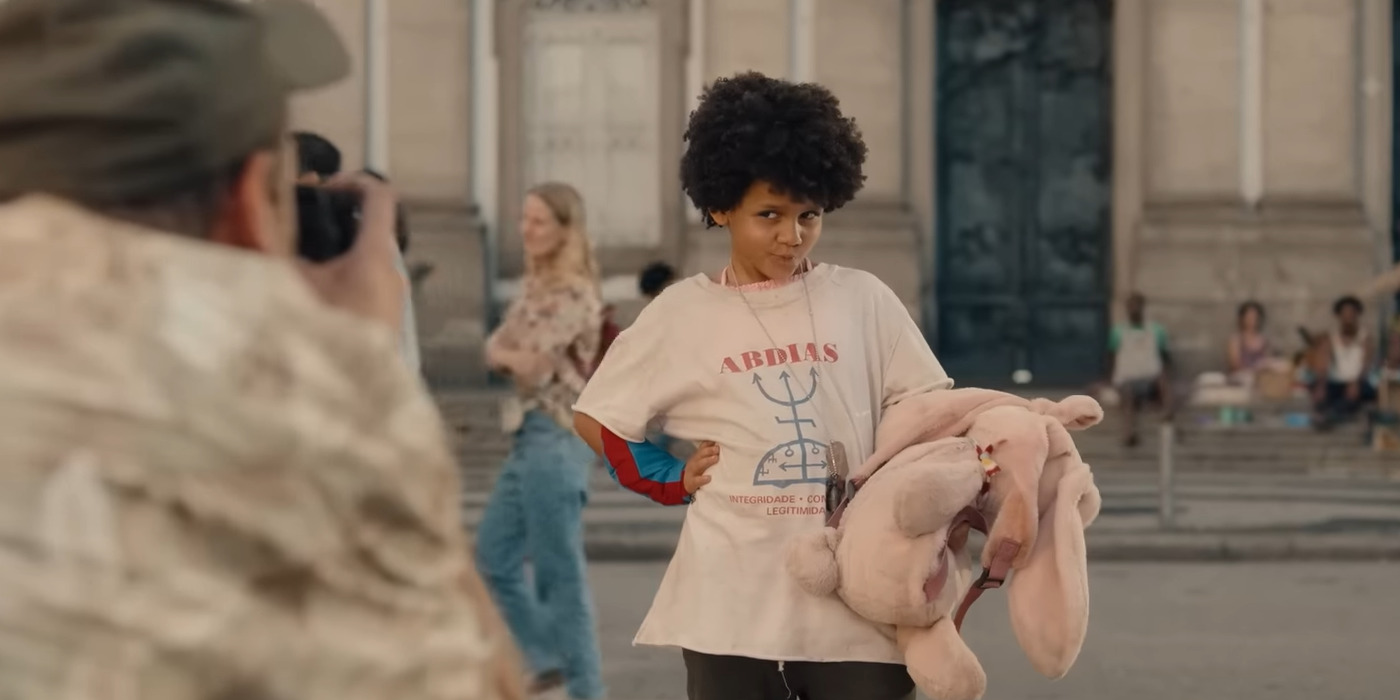
Another man who was alleged to have been involved in the massacre is Arlindo Afonso Lisboa Júnior, who hasn’t yet been tried for the crime but was sentenced to two years for being in possession of a pistol that was used in the massacre. Consequently, the Candelária Massacre remains one of the most devastating events in Brazillian history. However, in bringing the tale to the screen, Luis Lomenha wanted to shift the focus from the statistics and the legal details of the crime or its ensuing criminal proceedings. Instead, he wanted to highlight the brutality of the fact that eight precious lives were lost that night. Lomenha discussed this in an interview with Deadline, saying, “This is more than a story about social injustice — it’s a call to see the humanity of children who are often de-childed in the narrative around violence and race.” For the same reason, while the show revolves around the historical 1993 Candelária Massacre, much of the narrative features the 36 hours leading up to the disaster, told from the perspective of four children.
Children of the Church Steps Equips Fictionality For the Central Characters
Even though a historical event remains at the nucleus of ‘Children of the Church Steps,’ the majority of the central narrative is told from a fictionalized lens. Rather than adapting on-screen counterparts of real-life victims, the show fictionalizes the characters of Douglas, Sete, Jesus, and Pipoca to helm the tale. In doing so, creator Luis Lomenha and director Márcia Faria were able to create fleshed-out characters for the story from the ground up. It allowed them to mold the narrative in certain ways to depict the broad reality of the experiences of Brazil’s homeless youth.
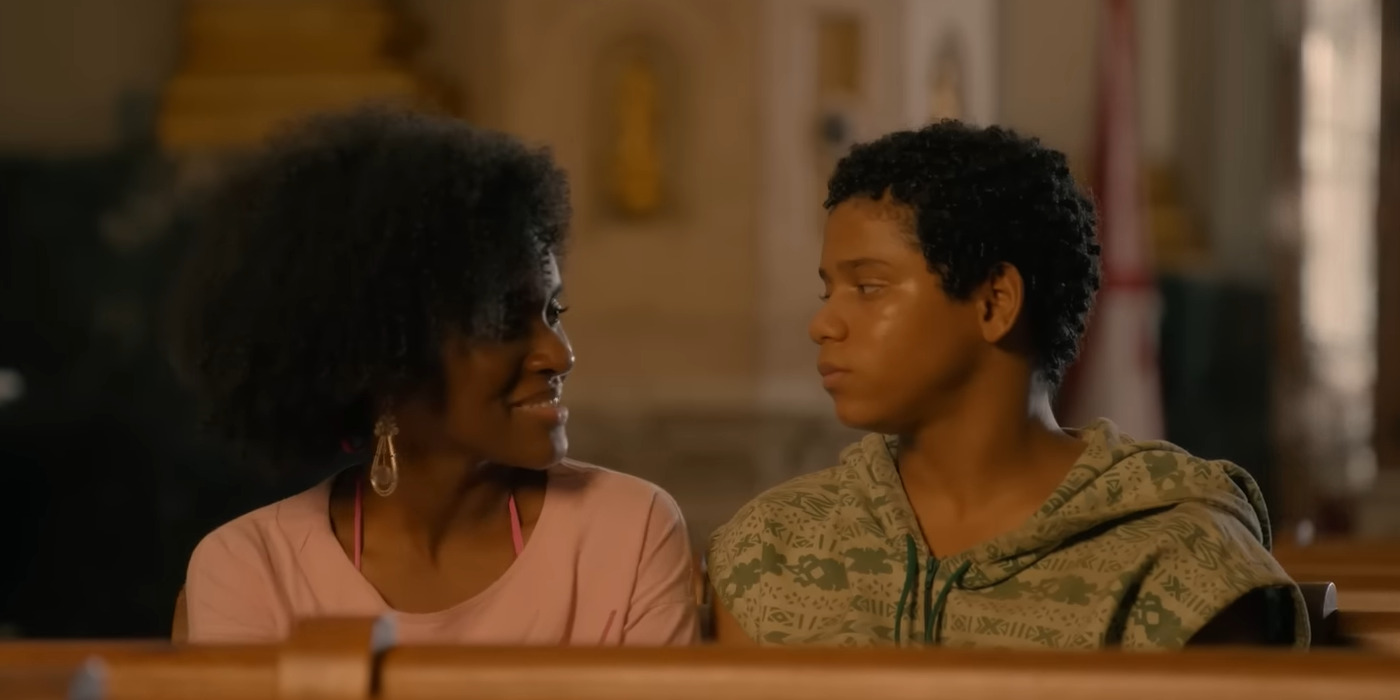
Thus, an often under-represented part of the population gets to take center stage in the story. As a result, the narrative explores various socially prevalent issues, including racism in Brazil, the homelessness crisis, and police brutality—particularly in relation to homeless children. Additionally, the show also scrutinizes the childlike wonder and innocence that lived in the Massacre victims before the night’s events. Through the characters of Douglas and the others, the show calls attention to the hopes and dreams of the young children, imbuing their memories with empathetic ideas rather than simple violence.
In a conversation with Netflix, Lomenha expanded upon this idea and shared, “Our aim was to show the interrupted dreams of these four children, who imagined a world far removed from the harsh reality they faced. The same rules and violence that affected them persist today, but it is imperative that we remember: they (the Candelária Massacre victims) were just children. Throughout the production process, we seek to give them back the right to dream.”
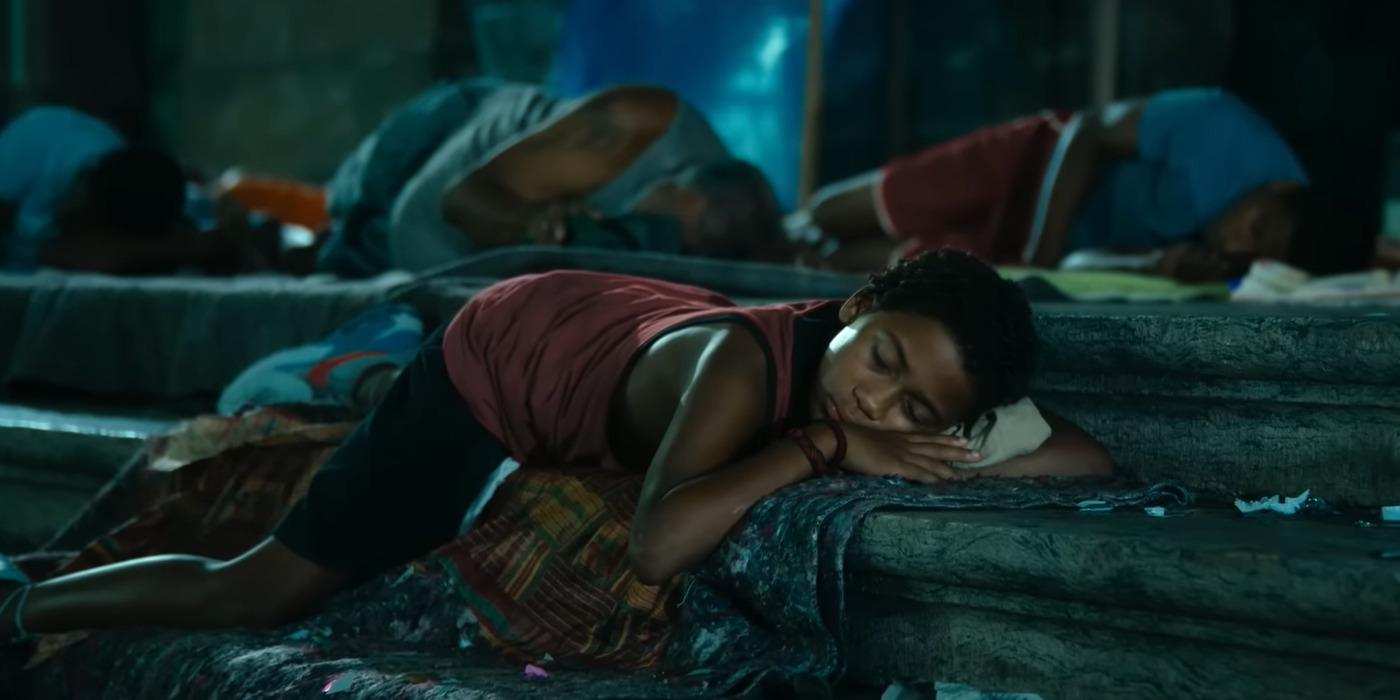
For the same reason, the fictionalization of the central characters doesn’t rob them of authenticity and realism in any way. Lomenha and Faria consulted with real-life survivors of the 1993 tragedy and their family members. Most notably, human rights activist Patricia Oliveira—the sister of Wagner dos Santos—significantly contributed to the same. Lomenha had previously worked with the woman on another project and retained ties with her. Consequently, Oliveira—alongside various other individuals—shaped the show and its sense of realism through their insightful and instrumental testimonies.
Therefore, despite the creative liberties and fictionalization that the show employs, it stays true to the historical event behind its central inspiration. The show includes many factual details and recreations that line up with the events of the Candelária Massacre. Likewise, it emulates the cruel reality of the event through its themes and narrative motifs that remain present throughout multiple storylines. Thus, even though certain characters and instances take a fictitious route, they share an origin in reality. Ultimately, the show remains significantly informed by the real-life event of the Candelária Massacre.
Read More: Netflix’s Children of the Church Steps: Exploring All Filming Locations

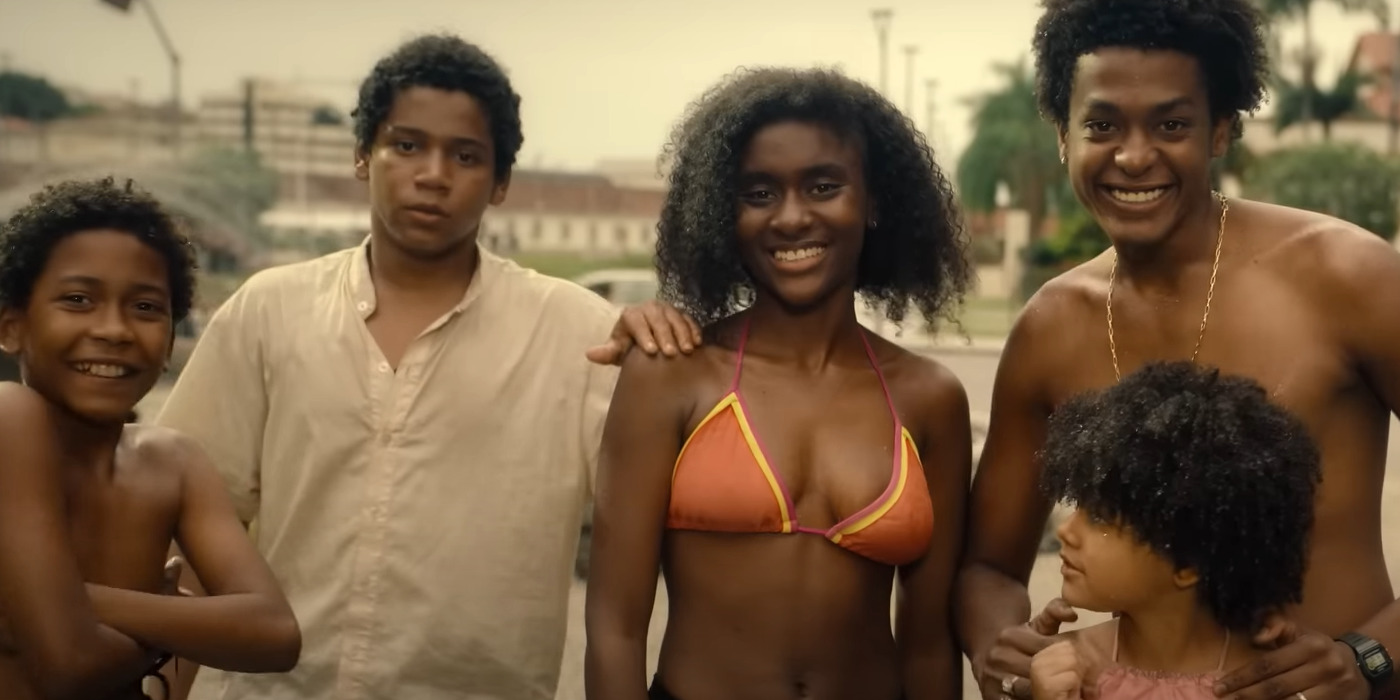
You must be logged in to post a comment.